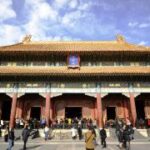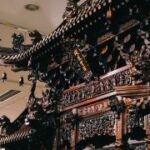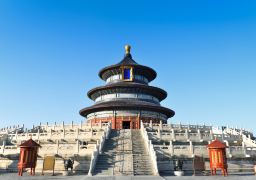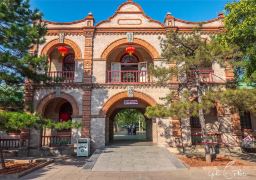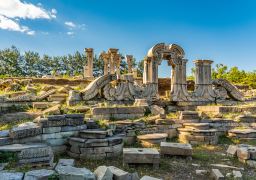Shenwu Gate, also known as the North Gate of the Forbidden City, serves as the exit of the Imperial Palace. Originally named Xuanwu Gate, Xuanwu is one of the four mythical creatures in ancient times. In terms of direction, the left is Azure Dragon, the right is White Tiger, the front is Vermilion Bird, and the back is Xuanwu, which presides over the north. Therefore, the northern palace gates of imperial palaces are often named ‘Xuanwu’.
The gatehouse of Shenwu Gate is built on a city wall over 10 meters high, with a width of five bays and a double-eaved hall roof. There is a decorative plaque under the upper eaves, inscribed with ‘Shenwu Gate’ in both Manchu and Han scripts. Surrounding the gatehouse is a stone railing. The city wall features three archways; the central one is operable, and above the northern archway, there is a stone plaque inscribed with ‘Palace Museum’.
In the 17th year of the Chongzhen era of the Ming Dynasty (1644), Li Zicheng led a rebellion and stormed the imperial palace. Emperor Chongzhen fled through this gate to Coal Hill (now known as Jingshan) and committed suicide. During the reign of Emperor Kangxi in the Qing Dynasty, the gate was renamed Shenwu Gate to avoid the taboo of Kangxi’s name, Xuanye. In 1925, when the Palace Museum was established, the ‘Palace Museum’ plaque was hung here, and Shenwu Gate was designated as the main entrance of the Palace Museum.
The opening hours are all year round, open all day.

